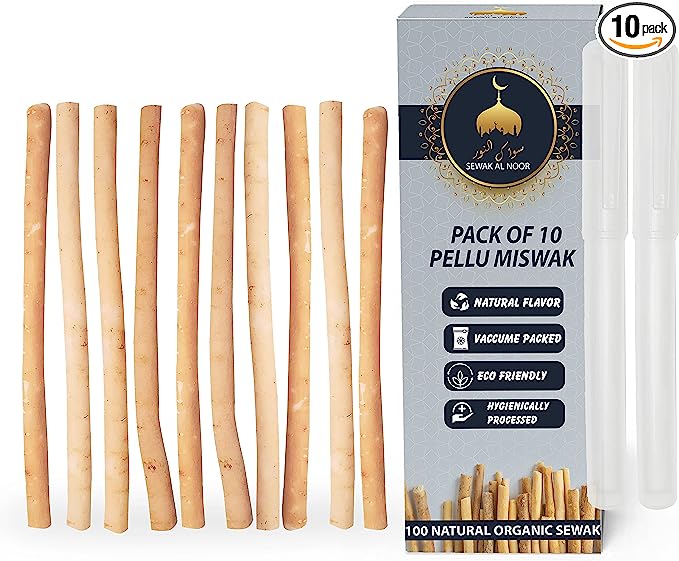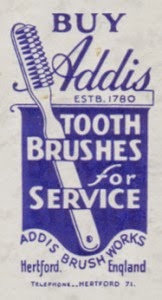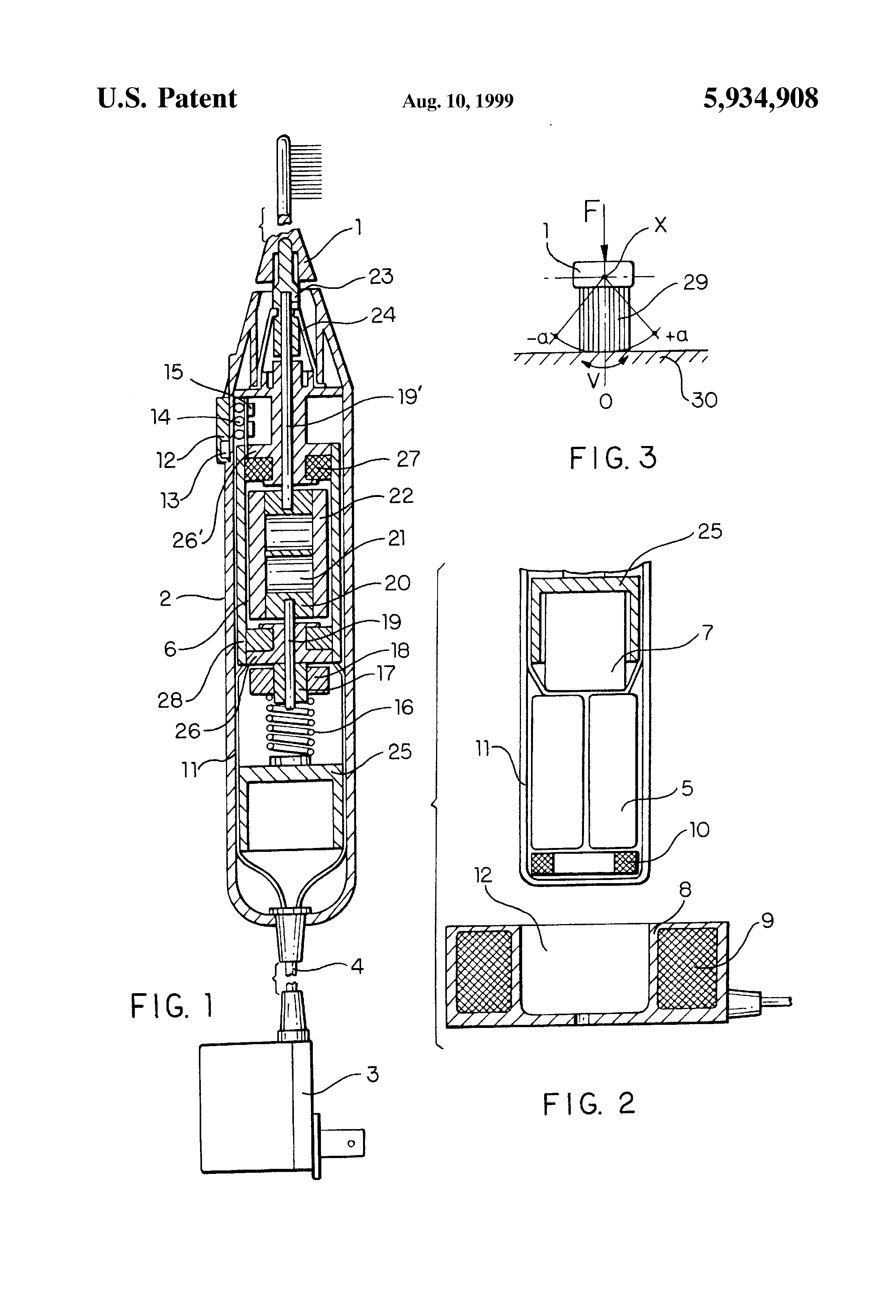Toothbrushes
History
Toothpaste came before the brush and mostly consisted of something abrasive and something that smelled good.
For example: Add together ash from ox hooves, ground egg shell, pumice, myrrh, salt, pepper, iris flowers, mint and you have toothpaste (according to an Egyptian recipe from around 5000 BC). But we aren’t going to talk about toothpaste because that deserves its own article. We would have to cover fluoride and edible toothpaste, and we just don’t have enough time… yet.
The first toothbrush was actually your favorite finger with a combination of the ingredients mentioned above and maybe a cloth of some kind wrapped around your finger for added abrasion.
The first real toothbrush was in fact a stick. Babylonians in 3500 BC had chew sticks or twig brushes. We know about this because they were found in Egyptian tombs and appear in Chinese records from 1600 BC. Another name for them is Siwak or Miswak and they are mention in the Indian Laws of Manu, Buddhism, the Talmud, and the Quran because they were also associated with religious practice and ritual purity.

Bundles of chewing sticks in India.
by Harvinder Chandigarh, CC BY-SA 4.0
It is still recommended to this day to use a chewing stick before prayer, so they are still widely used in the middle east. They are available here in the USA as well (check Amazon) but as you can imagine they are not popular nor religiously connected.

A 10 pack of chewing sticks for sale on Amazon
It is a pencil-sized stick usually made of Neem or Arak tree (aka. Toothbrush Tree) because they contain anti bacterial and soothing compounds. You chew the end and it will fray, making a natural brush for scraping teeth.
Then something wonderful happened in China (thank you China, yet again) in the 7th and 10th century AD. They fashioned bamboo or bone into a handle and then drilled holes in the end to weave boar hair into bristles for brushing. Boars had very coarse hair due to the cold climate of Northern China.

A collection of 10th century Chinese toothbrushes made from tiger bone
by Aldermanseven, CC BY-SA 4.0
This kind of tooth brush made its way to Europe in the 17th century with the silk road merchants, but I think the Europeans thought the boar bristles were too rough for their delicate gums and preferred a softer alternative like horse hair. Still, it was more common to use a toothpick after meals, which was usually just a goose feather (these poor geese just can't catch a break). Even Napoleon Bonaparte had a horse hair toothbrush with a fancy metal handle with an N embossed on the handle. And these natural bristles went on until the mid 20th century!

Napoleon Bonaparte's toothbrush
by London Science Museum, CC BY-SA 4.0
The word toothbrush itself was first recorded in 1690 in Anthony Wood’s autobiography where he mentions buying a toothbrush. People before him used this word, of course, but he was the first to publish so he gets the credit. We have talked about how long titles were in the past so I just want to mention the title of his autobiography: “The Life and Times of Anthony Wood, Antiquary, of Oxford 1632 – 1695 described by himself”
In the 17th and 18th centuries a toothbrush was a luxury item. They were imported and exotic from the orient but in 1780 we see the first European mass production of a modern-ish toothbrush. Designed by William Addis, an English man imprisoned for inciting a riot. Poor people were still using a rag, salt, soot and something that smelled nice so he decided to spend his time in jail creating a toothbrush out of bone, boar bristles and wire. When he got out of jail he started a toothbrush manufacturing company, Addis Brush Works which of course made him wealthy, with the catchy slogan, “Buy Addis toothbrushes for service.” After he died in 1808 his son (also called William) took over the business and it stayed in the family until 1996 when wisdom toothbrushes took it over. They were the first to produce nylon bristles during World War II. WWII played a huge role in the success of the toothbrush, as you will soon find.

An advertisement for Addis Toothbrushes... for Service
By 1840, countries like England, Germany, France, and Japan were manufacturing toothbrushes using the local boars or pig bristled toothbrushes— Locally sourced meant cheaper to produce. They used cattle thigh bone over wood because it better handled the moisture from repeatedly rinsing the brush (more expensive handles were made with ivory or metal) but these organic-material brushes still didn’t dry well and they collected bacteria.
Now the USA was getting in on it, too. The first American dentists recommended using toothbrushes as early as 1779 while they were being imported from Europe but the people barely used them. It took nearly 80 years for Americans to patent their first toothbrush in 1857 (by H.N Wadsworth) but mass production wasn’t until 1880. These toothbrushes were still made out of animal hair and bone so the bacteria factor was still an issue. One of the first American Toothbrush factories was Florence Manufacturing Company (later known as Prophylactic Brush Company) established in Massachusetts in 1866. Their gimmick was their curved handle and irregular tufts of bristles. The bristles in the front were longer than the back to help reach the back molars. It also featured a hole in the handle so you could hang it up to dry. You could also buy them marked with different numbers on the handle to differentiate between family members tooth brushes.

An advertisement for early Prophylactic brushes
This is when we see the biggest change in toothbrushes since we switched from fingers and rags to animal hair. When Dupont nylon bristles became more commercially available Prophylactic released the “Prolon” toothbrush (their brush made with Dupont nylon).
There were some marketing gimmicks featuring cartoons of boars being out of a job thanks to nylon bristles.

One of the many Prolon ads featuring a pig without a job
The next big change was when Dupont introduced “Dr West’s Miracle Tuft” in 1938. It not only featured the nylon bristles but the handle was made of celluloid. This is the first brush that almost looks like the brushes we have today because of that plastic-looking handle. We finally have zero organic material, our brushes dry quickly and there would be less opportunity for bacteria to make a home in our bristles.

An advertisement for Dr. West's Miracle Tuft
Bone handles had practically vanished after WWII. I had mentioned earlier that Americans weren’t really on board with the whole toothbrush thing. They were readily available in drug stores but still only 20% of the population owned one in the 1920’s. It wasn’t until after WWII that we see Americans getting serious about their oral care. The US Military had soldiers brushing their teeth at least once a day to prevent agonizing toothaches which couldn’t be treated in the field. After the war, those men brought that practice home and it became daily routine in civilian lives.
By the 1950’s nearly 80% of brushes had nylon bristles which was great. However, they were still pretty hard and they could cut into your gums which is why a retired navy periodontist, Dr. Robert Hutson designed a softer bristled brush and named it Oral-B 60. All he did was use thinner filament tufts and it created a softer brush.
I had some trouble with the first electric tooth brush. There was one story about Tomlinson Mosely patenting it in 1937 in the US and another story about a Swedish Dr. Phillippe Guy Woog in 1957. It was this ugly thing that plugged directly into a wall outlet.

Philippe-Guy Woog's patent for the "High-powered Automatic Electromechanical Toothbrush" - Look at the size of the bristles compared to the rest of it 💀
What I know for sure is that electric toothbrushes were originally made for people who lacked fine motor skills and people with braces. Everyone kind of agreed that it caught on in the 1960’s. This is when we see the cordless electric toothbrush and this thing was pretty clunky with two D batteries this thing was like a flashlight.
And then in the 90’s sonic and ultrasonic toothbrushes came around. Sonic toothbrushes simply vibrated at a relatively high frequency to assist in scrubbing the teeth. Ultrasonic toothbrushes create an extremely high frequency pulse, many times higher than the human ear can hear, hence the name ultrasonic. This supposedly helps to break down plaque and bacteria.
Toothbrushes Today
Not much has changed since then. As our toothbrushes are already great at their job, the biggest improvements in recent decades have been for the benefit of the individual. Different shapes of handles and bristles for comfort, smart features to digitally analyze your brushing techniques and habits, and other features that help you to be a happier, healthier brusher.